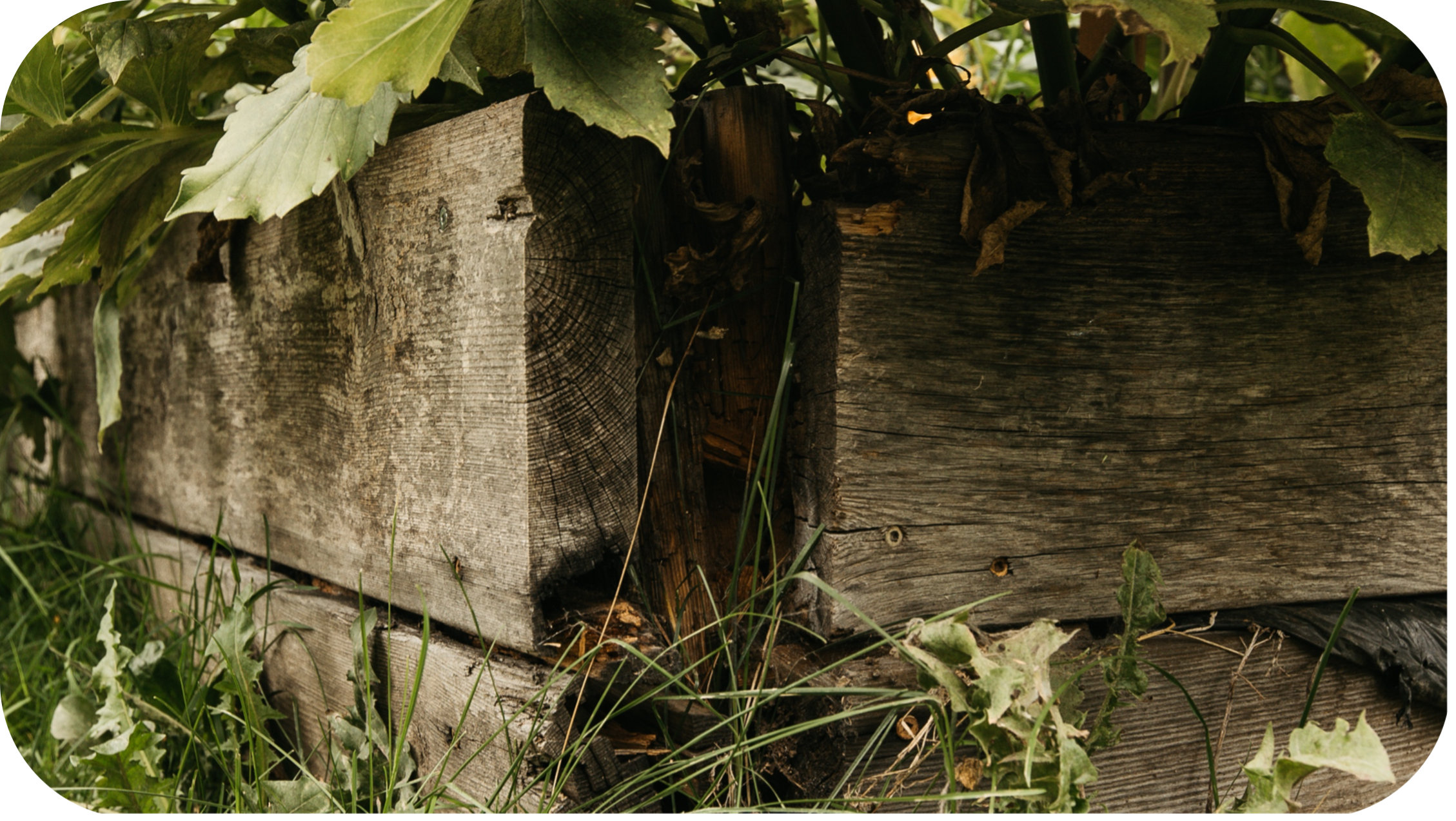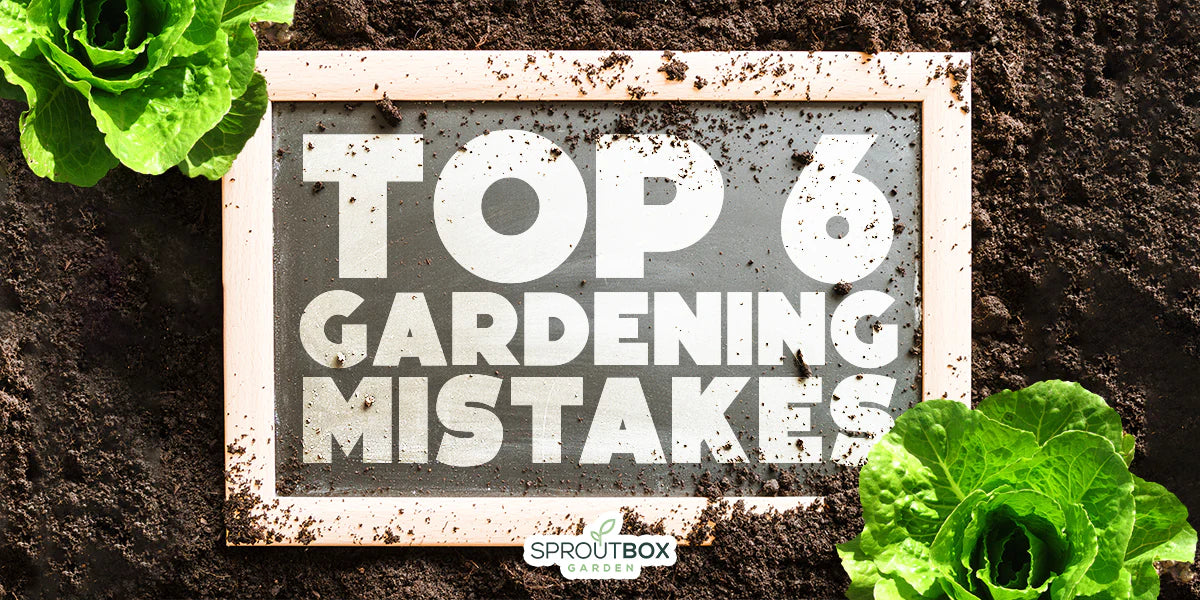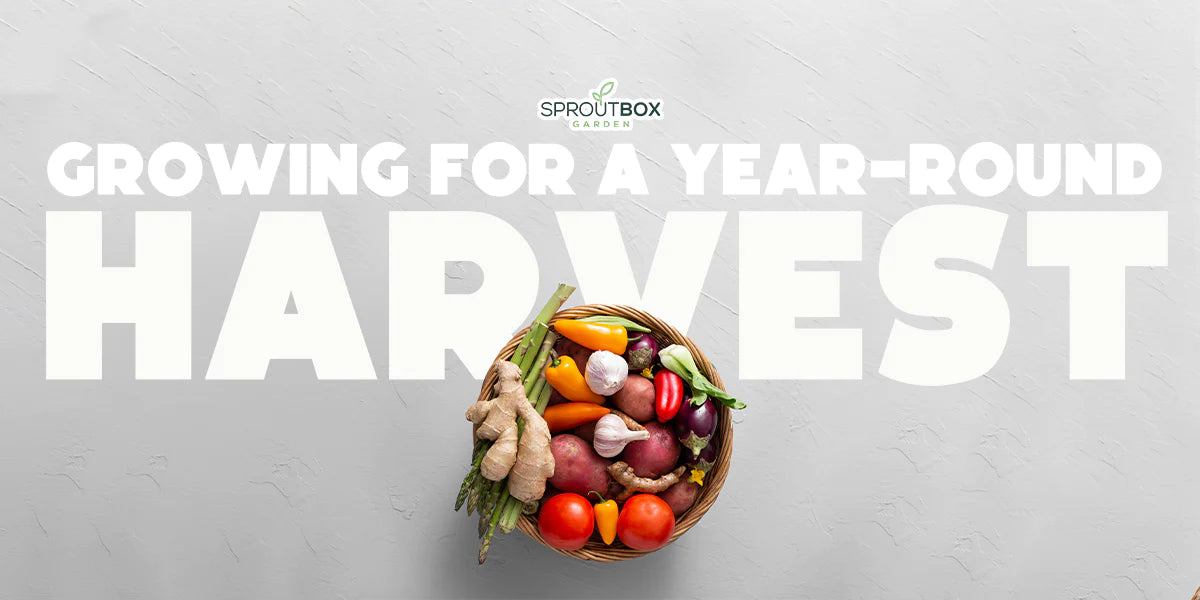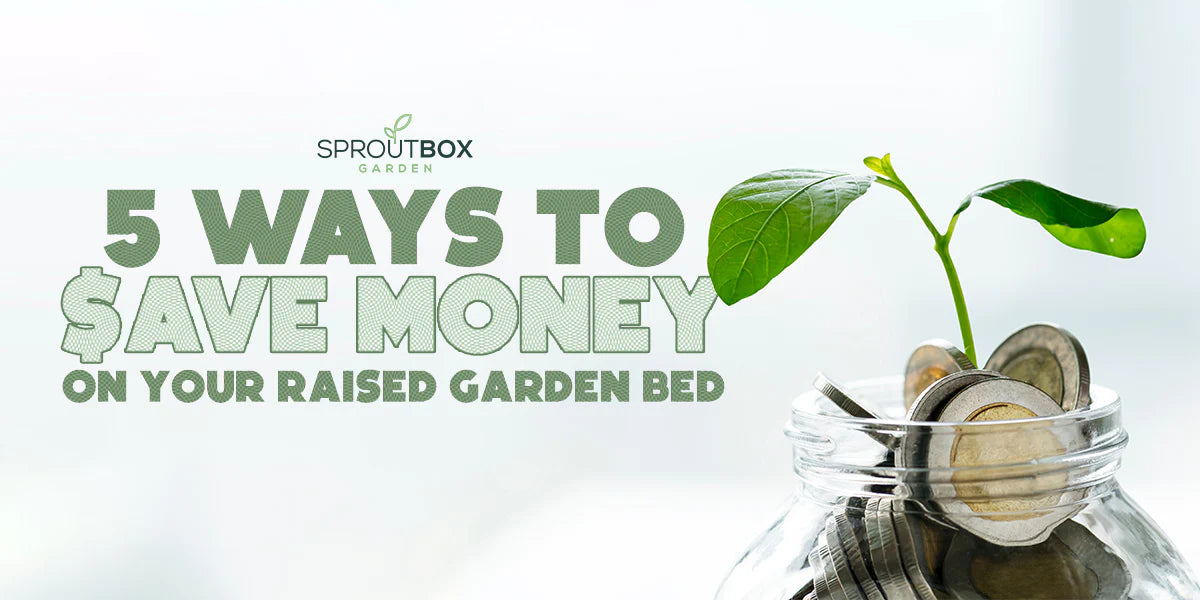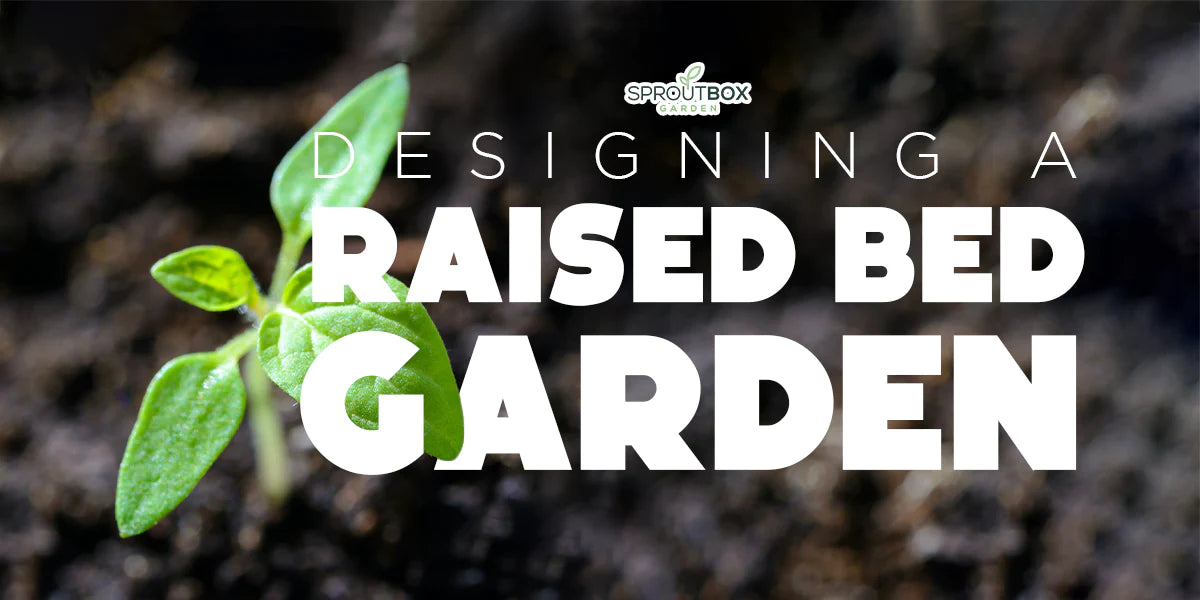December 21, 2021
Raised Bed Gardening: Wood vs. Metal?
When it comes to raised bed gardening, there are two materials most people choose – wood or metal. Each one has their advantages and disadvantages, so it helps to know what they offer so that you can choose the best option for your situation.
Let’s take a closer look at what material is best for raised bed gardening!
Wood for Raised Bed Gardening
Wood is one of the most used construction materials in the world. An especially popular choice for various garden structures, from sheds to fences, raised garden beds are traditionally made from wood.
The Benefits of Wood for Raised Bed Gardens
The main advantages wood offers for raised garden beds is that the material is most often readily available. You can head to most garden centres or hardware stores and find wood suitable for a raised bed.
Wood also offers flexibility in terms of design, with its ability to be cut to any shape or size. It also pairs nicely with most fixtures in a garden, as wood tends to be used for other things like furniture and fencing.
The Drawbacks of Wood for Raised Bed Gardens
No longer is wood the “cheap” option. With the rising cost of lumber, contractors and DIY enthusiasts are stuck with the steep costs. Additionally, wood is not the most durable material, being susceptible to deterioration over time. Even treated wood will eventually rot, especially when left outside for several years. Pressure treated wood as shown to be hazardous and leach chemicals to seep into the soil.
This means you will need to repair or replace a wood raised bed!
Additionally, you do need some DIY experience to build a good quality raised bed from wood. People without the necessary tools (Cordless drill, saw, level, square, tape measure, truck, etc.) may struggle to construct a raised bed.
Aluzinc Steel for Raised Bed Gardening
Galvanized steel is a metal alloy made from iron and carbon, treated with a special metal coating for added durability. Proven to be even more durable is Aluzinc Steel, which is made up of a composition of zinc and aluminum. Field tests show this superior metal to last 3-7 times longer than typical galvanized steel while also being safe for growing in.
The Benefits of Aluzinc Steel for Raised Bed Gardens
A key advantage Aluzinc steel offers for raised bed gardening is simple installation. Most steel raised beds feature a modular design so they require little construction – they are usually assembled in minutes without needing to drill or hammer.
Also, Aluzinc steel is an exceptionally durable material, especially when left in outdoor elements. It’s much more resistant to corrosion compared to wood, so will last years, if not decades with minimal maintenance.
Even though it is galvanized, zinc doesn’t cause any health issues should it leach into the soil, unlike certain treated woods.
Drawbacks of Galvanized Steel for Raised Bed Gardens
There are very few drawbacks to using raised bed gardens. One issue is that the metal appears unnatural so many not fit within a natural garden aesthetic. That said, we think they look amazing in any garden, with metal contrasting nicely with all kinds of garden styles.
But don’t take our word for it -check out Sproutbox Garden’s galvanized steel raised garden beds to see for yourself!
Related video: Sproutbox Garden - 17” Tall Round Metal Raised Garden Bed Kit (Twin Pack)


